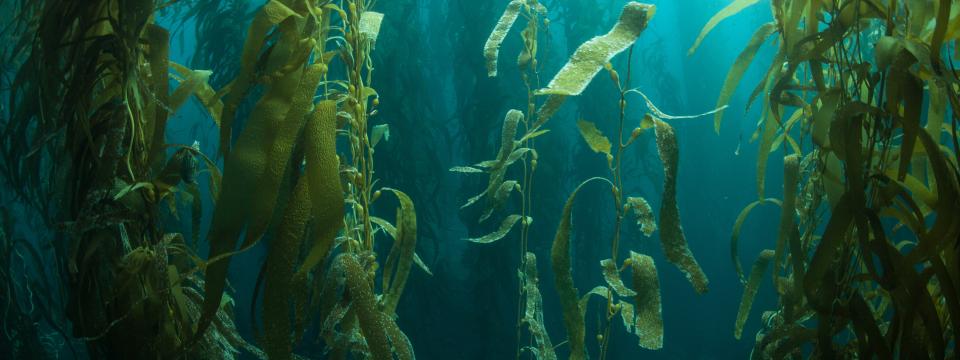This bibliography gathers publications over many years from a variety of researchers exploring topics of agency, directionality, and function (among others) with a special emphasis on CASP members. It began with work from teams within the initial Agency, Directionality and Function project and continues to be populated with papers and articles from diverse researchers looking to further develop and expand ways of working interdisciplinarily on the complex theme of teleology.
Included in the bibliography are entries for publications and books that many scholars involved in the Agency, Directionality and Function project recommended as foundational texts in their field of study. We welcome suggestions for additions to the bibliography from CASP members.
Function and Teleology
Scientific Explanation: A Study of the Function of Theory, Probability and Law in Science. Cambridge (UK): Cambridge University Press.
Allen, C. and J. Neal (2020). “Teleological notions in biology.” In The Stanford Encyclopedia of Philosophy (Spring 2020 Version). Edited by E.N. Zalta: https://plato.stanford.edu/entries/teleology-biology/.
Allen, C., M. Bekoff and G. Lauder, eds. (1998). Nature's Purposes: Analyses Of Function and Design in Biology. Cambridge (MA): The MIT Press.
Amundson, R. and G.V. Lauder (1994). "Function without purpose: the uses of causal role function in evolutionary biology." Biology and Philosophy 9(4): 443–470.
Ayala, F.A. (1970). “Teleological explanations in evolutionary biology.” Philosophy of Science 37:1–15.
Beckner, M. (1958). The Biological Way of Thought. New York: Columbia University Press.
Bertalanffy, L. (1952). Problems of Life: An Evaluation of Modern Biological Thought. New York: John Wiley & Sons, Inc.
Bourrat, F. (2021). “Function, persistence and selection: generalizing the selected-effect account of function adequately.” Studies in History and Philosophy of Science, Part A 90:61–67.
Bourrat, P. (2021). Function, persistence, and selection: Generalizing the selected-effect account of function adequately. Studies in History and Philosophy of Science Part A, 90, 61–67.
Brandon, R. (1981). “Biological teleology: questions and explanations.” Studies in History and Philosophy of Science 12:91–105.
Breitenbach, A. (2006). “Mechanical explanation of nature and its limits in Kant’s Critique of judgment.” Studies in History and Philosophy of Biological and Biomedical Sciences, 37(4): 694–711.
Breitenbach, A. (2014). “Biological purposiveness and analogical reflection.” In Kant’s Theory of Biology. Edited by I. Goy and E. Watkins. De Gruyter, https://doi.org/10.1515/9783110225792.131
Bruno, M. and S. Nichols (2010) “Intuitions About Personal Identity: An Empirical Study”, Philosophical Psychology 23:293–312.
Bye, A. P., Kriek, N., Sage, T., Rawlings, S. J., Prodger, C., Kesavan, M., Lees, C., Booth, S., Cowen, L. G., Shefferd, K., Desborough, M. J., Gibbins, J. M., & Eyre, T. A. (2022). Pirtobrutinib results in reversible platelet dysfunction compared to ibrutinib and acalabrutinib. Haematologica, 108(5), 1429–1435.
Catania, K. (2020). Great Adaptations: Star-Nosed Moles, Electric Eels, and Other Tales of Evolution’s Mysteries Solved. Princeton and Oxford: Princeton University Press.
Craver, C.F. (2013). “Functions and mechanisms: a perspectivalist view.” In Functions: selection and mechanisms. Edited by P. Huneman. Spring Dordrecht, 133–158.
Dawkins, R. (1982).The Extended Phenotype: The Gene as the Unit of Selection.Oxford: Oxford University Press.
Dearden, R., Jones, A., Giles, S., Lanzetti, A., Grohganz, M., Johanson, Z., Lautenschlager, S., Randle, E., Donoghue, P. C. J., & Sansom, I. J. (2023). The three-dimensionally articulated oral apparatus of a Devonian heterostracan sheds light on feeding in Palaeozoic jawless fishes [Preprint]. Paleontology.
Dresow, M., & Love, A. C. (2023). Teleonomy: Revisiting a Proposed Conceptual Replacement for Teleology. Biological Theory.
Dussault, A. C. (2023). Do Clay Crystals and Rocks Have Functions? Selected Effects Functions, the Service Criterion, and the Twofold Character of Function. In J. Gayon, A. De Ricqlès, & A. C. Dussault (Eds.), Functions: From Organisms to Artefacts (Vol. 32, pp. 135–158). Springer International Publishing.
Fagerberg, H. (2023). Brain dysfunction without function. Philosophical Psychology, 1–13.
Fung, L., Konkol, A., Ishikawa, T., Larson, B. T., Brunet, T., & Goldstein, R. E. (2023). Swimming, Feeding and Inversion of Multicellular Choanoflagellate Sheets. Physical Review Letters, 131(16), 168401.
Gambarotto, A. (2023). Teleology and mechanism: a dialectical approach. Synthese, 201(5), 155.
Gambarotto, A., & Mossio, M. (2022). Enactivism and the Hegelian Stance on Intrinsic Purposiveness. Phenomenology and the Cognitive Sciences.
Gambarotto, A., & Nahas, A. (2023). Nature and Agency: Towards a Post-Kantian Naturalism. Topoi.

